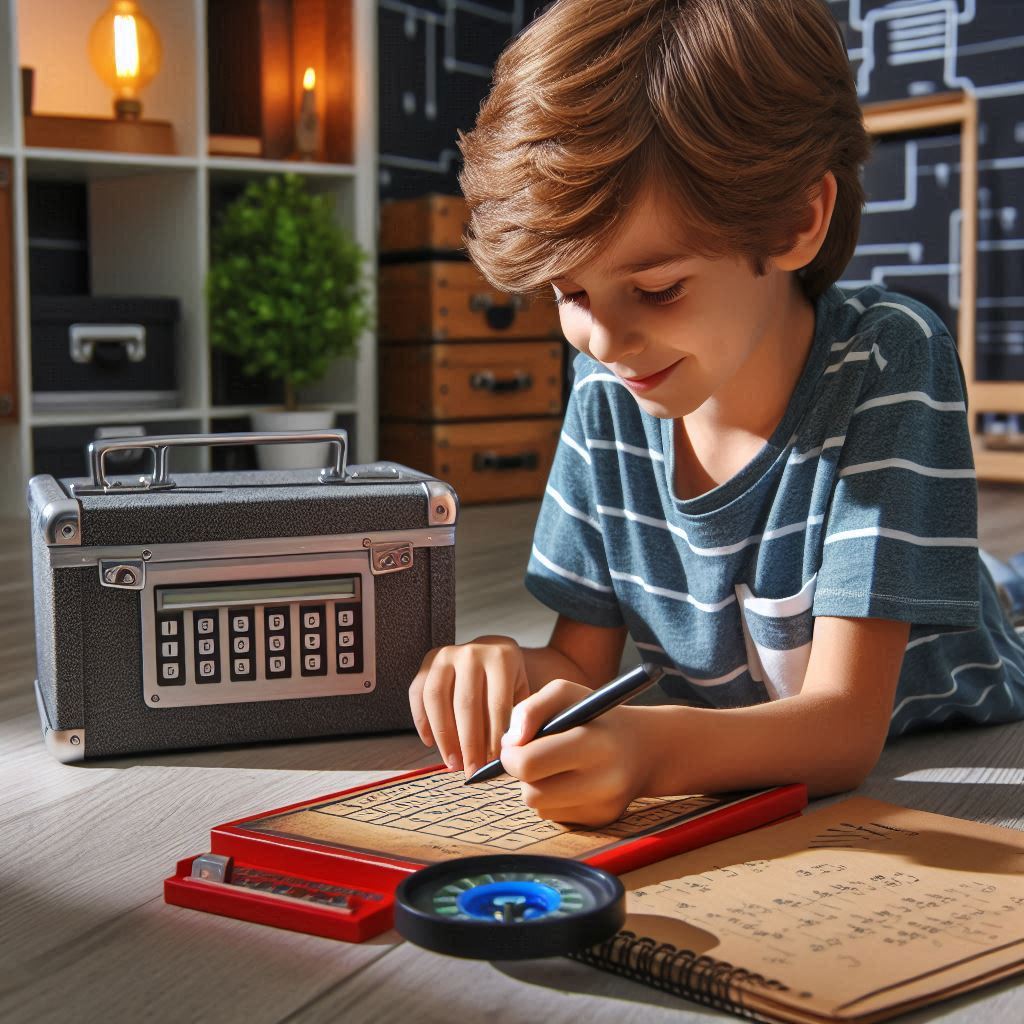Child-friendly Escape Room Games: Why Is It a Good Program for Kids?

In recent years, escape rooms have surged in popularity as thrilling, immersive experiences for adults seeking a challenge. However, recognizing the inherent appeal and educational potential, developers have begun tailoring these experiences for younger audiences. Child-friendly escape room games offer a unique blend of excitement and learning, making them an excellent program for kids. Let’s delve into why these games are beneficial for children and how to design an unforgettable adventure tailored to their needs.
The Popularity and Evolution of Escape Rooms
Escape rooms have evolved from niche entertainment to mainstream attractions, captivating players with their immersive environments and intricate puzzles. As their popularity grew, so did the recognition of their educational value, leading to the development of child-friendly versions.
Recognizing the Need for Children
Children possess innate curiosity and a thirst for exploration, making them ideal candidates for immersive experiences like escape rooms. Recognizing this, developers have adapted the concept to create age-appropriate challenges that stimulate young minds while providing a fun-filled adventure.
Why Escape Rooms Are Good for Children?
Develops Logical Thinking and Problem-Solving Skills
Escape rooms present players with puzzles and challenges that require logical thinking and problem-solving skills to overcome. For children, these experiences serve as a playful yet effective way to develop critical thinking abilities and enhance their cognitive skills.
Develop Teamwork and Communication Skills
Collaboration is key to success in escape rooms, fostering teamwork and communication among participants. Children learn to work together, delegate tasks, and effectively communicate ideas, all valuable skills that extend beyond the confines of the game room.
Encourage Creativity and Imagination
Child-friendly escape rooms often feature imaginative themes and storylines that spark creativity and ignite the imagination. By immersing themselves in these fantastical worlds, children are encouraged to think outside the box and explore their creativity in a safe and supportive environment.
How Is a Child-Friendly Playroom Different from a Traditional One?
Adapting the Level of Difficulty and Complexity
Child-friendly escape rooms strike a balance between challenge and accessibility, ensuring that puzzles are engaging yet achievable for young players. Developers carefully consider the age and skill level of their target audience when designing the game’s challenges.
Child-Friendly Themes and Stories
Escape rooms designed for children feature themes and storylines that resonate with their interests and imaginations. From pirate adventures to magical quests, these immersive experiences transport young players to exciting worlds where they can unleash their inner adventurer.
Creating a Safe Environment
Safety is paramount in child-friendly escape rooms, with developers implementing measures to ensure a secure and comfortable experience for young participants. This includes age-appropriate props and puzzles, as well as supervision by trained staff members.
Tips and Ideas for Designing a Child-Friendly Playroom
Considering the Age of the Target Audience
When designing a child-friendly escape room, it’s essential to consider the age and developmental stage of the target audience. Younger children may require simpler puzzles and clearer instructions, while older kids can handle more complex challenges.
Design Interactive and Interesting Tasks
Engage young players with interactive and visually stimulating tasks that capture their attention and spark their curiosity. Incorporate tactile elements, sensory experiences, and hands-on activities to make the gameplay more immersive and enjoyable.
Use Colorful and Bright Decorations
Create a vibrant and inviting atmosphere by using colorful decorations and themed props that complement the game’s storyline. Bright lights, bold colors, and whimsical designs will captivate children’s imaginations and enhance their overall experience.
Adjusting the Length of Play Time (Shorter for Younger Children)
Consider the attention span and energy levels of young players when determining the length of the game. Shorter play times are ideal for younger children, ensuring that they remain engaged and enthusiastic throughout the experience.
Popular Themes for Children:
Jailbreak: Last Chance: One Hour to Go – Get Out of Jail Before Time Runs Out
Wizard Trials: Master Diaphugius: The Uncrowned King of Magic
Common Mistakes and Pitfalls When Designing Child-Friendly Playrooms
Too Difficult or Incomprehensible Puzzles
Inadequate Safety Measures
Ignoring the Interests of Children
Child-friendly escape room games offer a unique blend of excitement, education, and adventure, making them an excellent program for kids of all ages. By fostering critical thinking, teamwork, and creativity, these immersive experiences provide valuable learning opportunities in a fun and engaging format. When designing a child-friendly playroom, it’s essential to consider the needs and interests of young players, creating a safe and stimulating environment that encourages exploration and discovery.